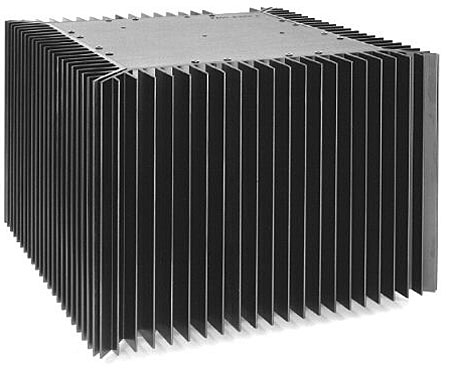| Columns Retired Columns & Blogs |
He managed to explain pretty well the setup and the whole system of a Pass Aleph 1.2 monoblock power amplifier, but his analog source was a VPI TNT III. If he had chose a RF combiner for example, because it manages to combine RF from a number of different sources, he might have been much more to the point. Anyway, interesting presentation, he totally worked for it.






































